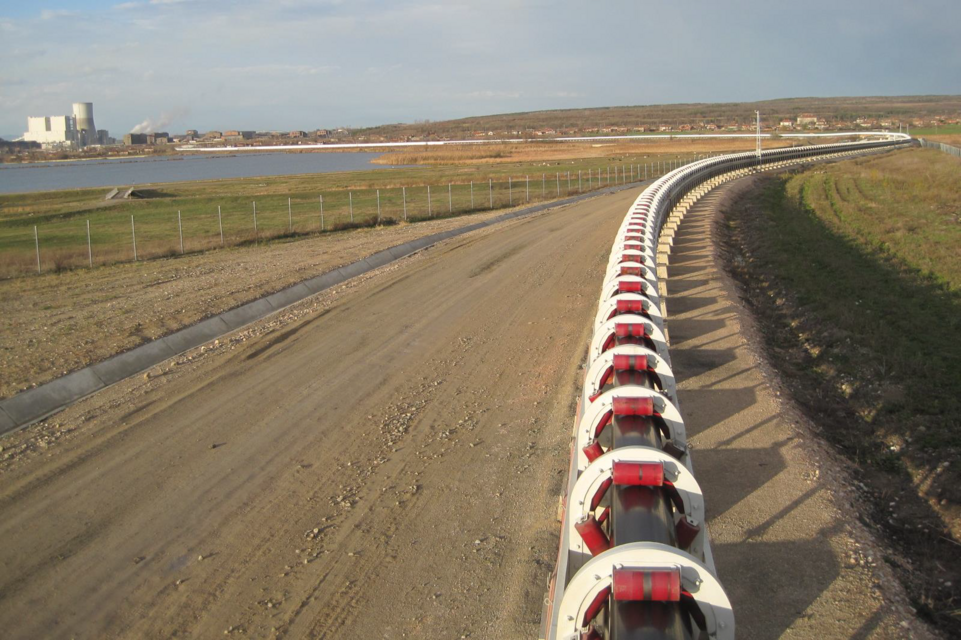Tube (pipe) conveyors offer numerous advantages as an efficient and environmentally friendly system for material handling, including flexible routing, reduced transfer points and, since it is an enclosed system, protection of the environment and the material being conveyed from mutual contamination.
However, tube conveyors are prone to belt twisting due to, amongst others, an unstable belt position of the upper belt during empty conveyor run, when the center of gravity position is above the tube center. While this is not critical for conveyor operation as long as it does not exceed permitted limits, it can, in a worst-case scenario, lead to conveyor collapse. In addition, the belt overlap, the point where the tube belt opens in order to discharge the material, needs to be precisely controlled and, if necessary, adjusted for accurate and efficient operation.
As a result, and in line with TAKRAF Group’s intelligent and holistic maintenance philosophy, TAKRAF developed the Automatic Belt Training System (ABTS), a patented measurement, control and training device for ensuring the correct overlap position at the discharge area of a tube conveyor.
The system has been fitted to a variety of global TAKRAF tube conveyor installations, including a ~4.5 km tube conveyor conveying ash and gypsum at a power plant in Bulgaria; a ~4.4 km tube conveyor, part of a residual material handling and disposal system in Eastern Europe; andt wo tube conveyors (in total 731 m), conveying Direct Reduced Iron (DRI) at a steelworks in the USA.
The ABTS automatically determines the belt overlap position via ultrasonic sensors. If the overlap exceeds the tolerance limit, servomotors are activated that rotate the tube profile through individual idlers into the desired position via targeted tilting adjustments.
“Belt rotation is one of the critical failure modes of tube conveyors, influencing operational and maintenance activities throughout the conveyors’ lifecycles, by causing material leakage, accelerated wear of conveyor belts and idlers, increased power consumption, and even unrepairable belt damage,” says Dr Mario Dilefeld, TAKRAF Germany: Head of Belt Conveyor Systems. “As the ABTS obviates the need for idlers to be adjusted manually in order to correct potentially damaging deviations in tube rotation, it facilitates the achievement of both optimal maintenance safety and optimal maintenance efficiency.”
TAKRAF says the ABTS patent is another illustrative example of its intelligent approach to maintenance. “It demonstrates the benefits of a holistic maintenance philosophy in terms of not only increased operational efficiency, but also improved safety and lower total cost of ownership.”











